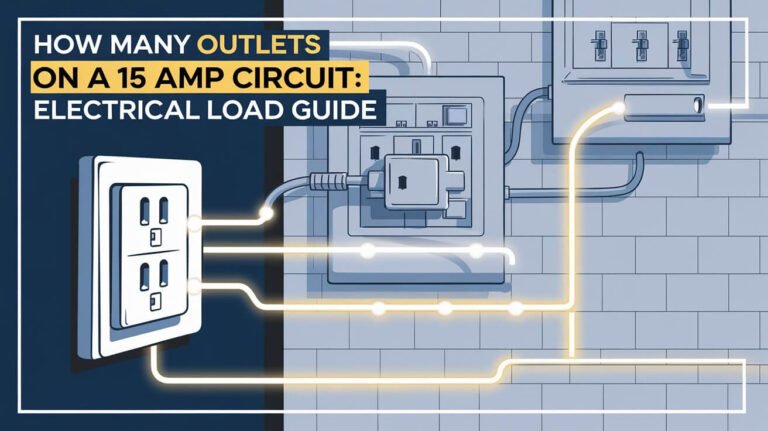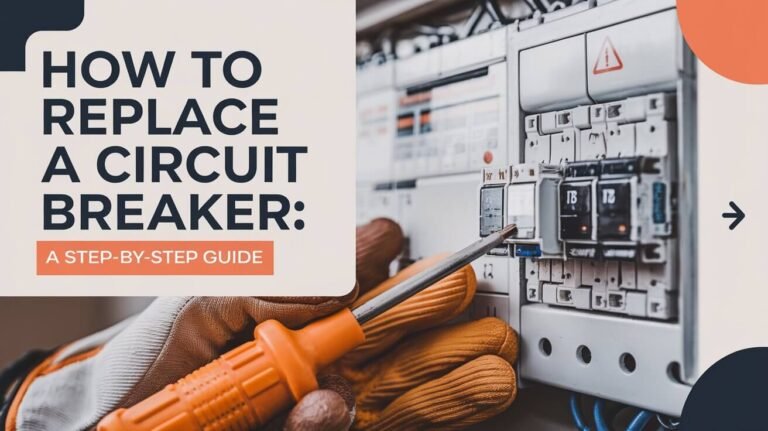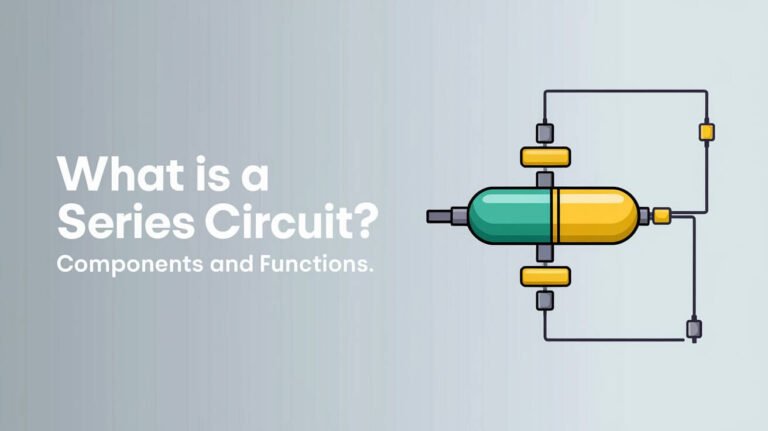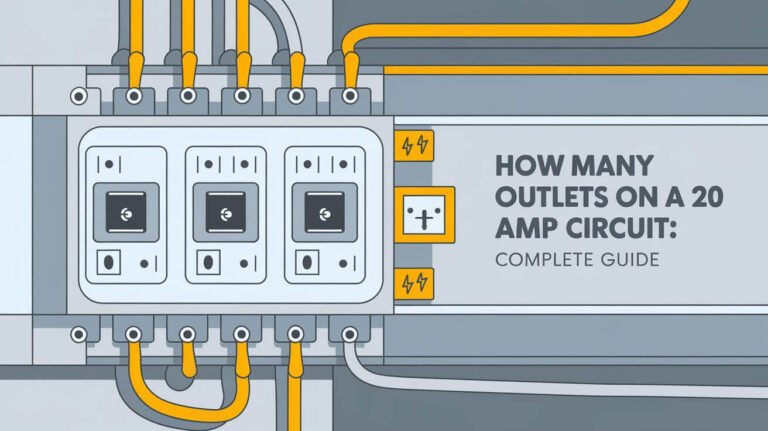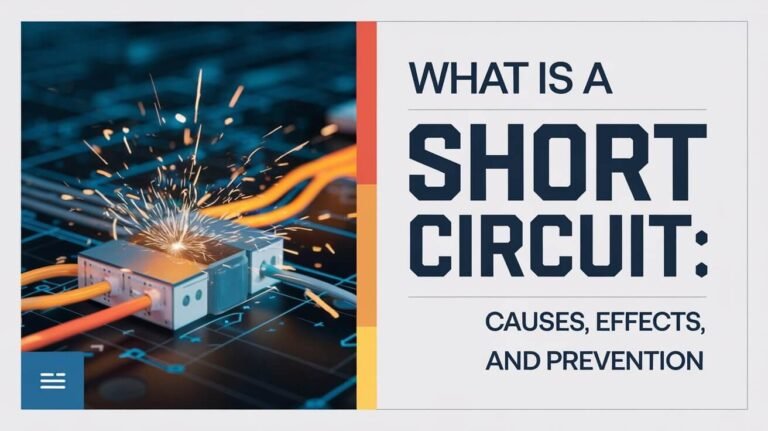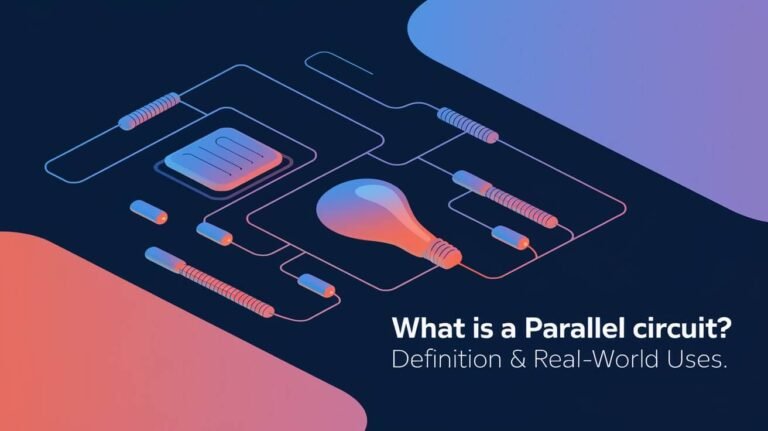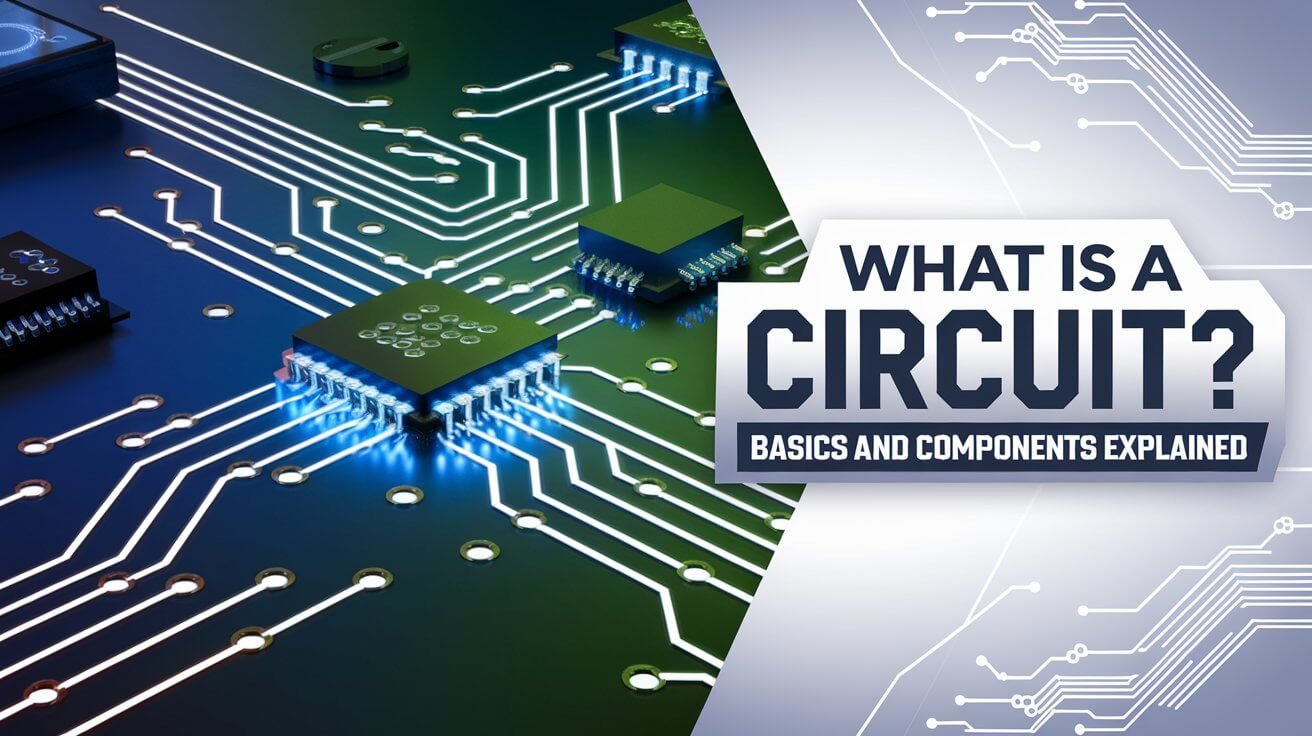
Ever wondered how your daily gadgets work so well? It’s all thanks to circuits, the hidden paths that power our world. From simple appliances to complex systems, circuits are key to our connected lives.
So, what’s a circuit, and how does it work? We’ll explore the basics of electronic circuits. We’ll look at their parts, power sources, and how current flows. Let’s discover the magic behind these engineering wonders that shape our daily lives.
Fundamentals of Electronic Circuits
Every electronic device has a complex network of electrical components. These parts, like resistors, capacitors, and transistors, work together. They power our world today.
Basic Components of Circuits
The basic parts of an electronic circuit are:
- Resistors, which control the flow of electrical current and regulate voltage.
- Capacitors, which store and release electrical energy, helping the circuit work.
- Inductors, which store energy in a magnetic field, important in many circuits.
- Transistors, which act as switches or amplifiers, controlling electrical signals.
Role of Power Sources
The power source is at the center of any electronic circuit. It gives the voltage needed for the electrical current. Sources can be batteries, wall adapters, or others, each with its own use.
Current Flow Principles
The flow of electrical current in a circuit follows basic laws. Ohm’s Law and Kirchhoff’s rules are key. Ohm’s Law says current is directly proportional to voltage and inversely to resistance. Kirchhoff’s rules explain current flow and voltage in complex circuits.
| Equation | Description |
|---|---|
| I = V / R | Ohm’s Law: Current (I) is equal to Voltage (V) divided by Resistance (R) |
| V = I * R | Ohm’s Law: Voltage (V) is equal to Current (I) multiplied by Resistance (R) |
| R = V / I | Ohm’s Law: Resistance (R) is equal to Voltage (V) divided by Current (I) |
Knowing these basics helps us design and analyze electronic circuits. This is crucial for modern technology.
What Is A Circuit
A circuit is a key part of electronic systems. It’s a network that lets electricity flow in a controlled way. It’s a closed loop that moves electrical charges, powering devices.
Let’s look at a simple example. Picture a battery connected to a light bulb with a wire. This makes a basic circuit. It lets the electrical current from the battery flow, lighting up the bulb. This shows how a circuit works, but it can also be more complex.
The main parts of a circuit are the power source, the path for electricity (like wires), and the load (the device being powered). When everything is connected and the power is on, electricity can move freely. This closed loop is what makes a circuit work, powering many electronic devices.
Types of Electronic Circuits
Electronic circuits are key to modern tech, powering everything from home appliances to complex systems. They fall into three main types: analog, digital, and mixed-signal. Each type has its own features and uses, making them vital in many fields.
Analog Circuits
Analog circuits handle signals that change continuously, like audio or video. They’re great for precise control and measurement, used in audio amps, radios, and industrial systems. These circuits can process continuous signals well, making audio sound natural or controlling devices accurately.
Digital Circuits
Digital circuits deal with information as 0s and 1s. They’re the heart of digital devices like computers and phones. Digital circuits excel in logical operations and data handling, making them key for digital tasks.
Mixed-Signal Circuits
Mixed-signal circuits mix analog and digital parts in one. They’re vital for handling both types of signals, found in sensors, communication systems, and controls. These circuits blend analog and digital, offering advanced signal handling in today’s electronics.
Knowing about different electronic circuits and their uses is crucial for engineers. By picking the right circuit for a task, they can achieve top performance and reliability in many electronic systems.
Circuit Components and Their Functions
Knowing the parts of an electronic circuit is key for good design. These parts fall into two groups: passive and active. Let’s look at what each does.
Passive Components
Resistors help control current flow. They vary in power and resistance, measured in ohms. They’re used for voltage division, biasing, and balancing loads.
Capacitors hold electrical charge. They come in types like electrolytic and ceramic. Capacitance is in microfarads (μF), important for filtering and timing.
Inductors store energy in magnetic fields. They’re used for filtering, tuning, and transformation. Measured in henries (H), they can be wound on a core to boost inductance.
Active Components
Diodes let current flow in one direction. They’re used for rectification, voltage regulation, and signal conditioning.
Transistors, like BJTs and FETs, are key for amplifying, switching, or regulating signals and power. They’re vital for many electronic projects.
Circuits also have transformers, switches, relays, and safety devices like fuses and circuit breakers. Each has its own role in circuit design.
Understanding these components helps designers create and improve electronic circuits. This ensures they work as needed and perform well.
Series and Parallel Circuit Configurations
Circuits can be set up in series or parallel ways, each with its own benefits. Knowing how these work is key for making and fixing electronic systems.
Benefits of Series Connections
In a series circuit, parts are linked one after another, sharing the same current. This setup has several perks:
- Voltage Division: The total voltage is split among parts, making it easy to control voltages.
- Current Consistency: The same current flows through each part, making it easier to understand and work with.
- Compact Design: Series circuits need fewer connections, making them neater and more organized.
Advantages of Parallel Arrangements
Parallel circuits, on the other hand, have many paths, with each part getting the same voltage but carrying a different current. This setup has its own benefits:
- Current Distribution: The current is split among paths, making the circuit more flexible and reliable.
- Component Independence: If one part fails in a parallel circuit, the others keep working, keeping the system running.
- Resistance Calculation: You can figure out the total resistance of parallel parts by using a special formula.
| Characteristic | Series Circuit | Parallel Circuit |
|---|---|---|
| Current Flow | Same current through all components | Current splits among the branches |
| Voltage Distribution | Voltage drops across each component | Same voltage across all components |
| Impact of Component Failure | Entire circuit malfunctions if one component fails | Other components continue to function even if one fails |
| Total Resistance Calculation | Sum of individual resistances | Reciprocal of the sum of reciprocals of individual resistances |
Understanding series circuits and parallel circuits helps us make better choices when designing and fixing circuit configurations. This knowledge is vital for our electronic systems to work well.
Circuit Protection and Safety Measures
Keeping electrical circuits safe and reliable is crucial. Fuses and circuit breakers are key in this effort. They help stop damage from short circuits and excessive current flow, protecting people and equipment.
Fuses are simple and widely used. They are affordable and can handle high interrupting ratings up to 200 kA. Circuit breakers, on the other hand, cut off the circuit automatically when there’s too much current. This makes them more responsive and reusable.
But there’s more to safety than just these devices. Proper insulation, grounding, and following safety standards are also vital. The National Electrical Code (NEC) and International Electrotechnical Commission (IEC) set these standards. They help reduce electrical hazards and ensure systems operate safely.
| Circuit Protection Device | Key Features | Advantages |
|---|---|---|
| Fuses | – Cost-effective overcurrent protection – High interrupting ratings up to 200 kA | – Simple and widely used – Less likely to be contaminated by dust or oil |
| Circuit Breakers | – Automatically disconnect circuits in case of overcurrent – Available in a range of sizes from fractional amps to 800 amps | – Reusable and more responsive than fuses – Comply with safety regulations for maintenance |
With a solid system of circuit protection and safety, we can protect our electrical systems. This prevents costly damages and keeps people and equipment safe. It’s important to stay vigilant and follow industry standards to keep our electrical systems secure and reliable.
Modern Applications in Circuit Design
In today’s world of electronics, new technologies are changing how we make devices. Printed circuit boards (PCBs), integrated circuits (ICs), and microcontrollers are leading this change. They help make systems smaller, more powerful, and efficient.
Printed Circuit Boards
PCBs are key in modern electronics. They connect different parts in a small, organized way. These boards have layers that help signals and power flow well, making devices smaller and more portable.
Integrated Circuits
Integrated circuits (ICs) have changed electronics a lot. They put many circuits on one chip, making devices smaller and better. ICs are used in everything from phones to industrial machines, making them essential in today’s world.
Microcontroller Applications
Microcontrollers are small, smart chips used in many devices. They control functions in things like home appliances and industrial systems. With PCBs and ICs, they help make devices smarter and more efficient.
The use of PCBs, ICs, and microcontrollers has made modern electronics better. Engineers can now create devices that are small, efficient, and full of features. As technology keeps improving, these advancements will continue to shape the future of electronics.
Circuit Analysis and Measurement
In the world of electronics, knowing how circuits work is key to their reliable performance. We use methods like nodal analysis, mesh analysis, and Thévenin’s theorem to understand current, voltage, and power flow. These techniques help us predict and comprehend circuit behavior.
To check if these methods are right, we use tools like multimeters, oscilloscopes, and spectrum analyzers. These tools help us measure important things like circuit testing, voltage measurement, and current analysis. They let us fix problems, make circuits better, and check if they’re working right.
- Nodal Analysis: This method looks at voltages at different points in a circuit. It uses Kirchhoff’s current law to find unknown voltages.
- Mesh Analysis: This focuses on the current in different loops in a circuit. It uses Kirchhoff’s voltage law to find unknown currents.
- Thévenin’s Theorem: This theorem simplifies complex circuits. It turns them into a simpler circuit with a voltage source and a series resistor. This makes it easier to understand and analyze the circuit.
Mixing these analysis methods with accurate measurement tools, we get a full picture of circuit performance. This lets us find and fix problems, improve designs, and make sure electronic systems work well. This complete approach to circuit analysis and measurement is vital for creating and using many electronic devices.
Advances in Circuit Technology
The world of circuit technology has seen huge changes. From the first integrated circuit in 1958 to today’s nanotechnology and smart circuits, it’s been a big journey. We’ll look at the new ways that are changing how circuits are made and how they work.
Miniaturization Techniques
Nanotechnology has made it possible to create circuits that are tiny. Today’s integrated circuits (ICs) have billions of transistors, all in a space smaller than a fingernail. This tiny size means they are more powerful and efficient.
This miniaturization is thanks to better ways of making semiconductors. It follows Moore’s Law. ICs are smaller, cheaper, and work better than old-fashioned parts.
Smart Circuit Solutions
The future of circuits is about being smart, not just small and fast. Smart circuits can change how they work based on what’s happening around them. They can even check themselves to make sure they’re working right.
New materials and ways of making circuits have made this possible. Things like field-programmable gate arrays (FPGAs) and mixed-signal designs are key. They make circuits more reliable and flexible.
Looking into advanced circuit technology, we see many fields coming together. This includes materials science and computer-aided design. These changes are not just for the electronics world. They’re also helping in fields like renewable energy and medicine.
The future of circuit technology looks bright. It will be more efficient, smart, and green. This will start a new chapter in technology.
In Conclusion
Electronic circuits are key to our modern world, powering everything from phones to satellites. As technology advances, so does circuit design. We’re seeing smaller parts and new tech like quantum computing and AI.
These changes mean circuits will soon be even better. They’ll make our devices more efficient and capable. This will help in many areas, like clean energy, health care, and transport.
The role of electronic circuits will keep growing. They’ll shape our future and change how we live and work. We’re excited for the amazing things circuits will do next.

